The last several days were some of the coldest on record in Texas, and with power out for a quarter of households in the state at times, it brought back memories from a decade ago, when a similar thing occurred for similar reasons. Now, just like in 2011, the extreme cold led to a combination of a spike in electricity load demand and a sharp decrease in capacity, which forced ERCOT to implement rolling blackouts.
So how cold was it historically? If we take a look at the weather across Texas as computed from the Integrated Surface Database (ISD)1, we see that these were the coldest days in Texas in the past 35 years, only matched by those in December 1989. This is not to say that the state is a stranger to cold weather: Figure 1 shows the minimum temperatures during the most extreme winter periods over the course of 35 years in Texas, all of these years had days with below freezing temperatures. The plot uses the daily summaries from NOAA2 with daily minimum and maximum temperature, average wind speed, and total snowfall from the start of 1984 until now, and averaged for three stations in San Antonio International Airport3, Dallas Fort-Worth Airport and Houston Intercontinental Airport. Any series of consecutive days with average temperatures below 32°F we aggregated as individual periods, and for each period we calculated the sum of snowfall, and the number of sub-zero days, when accounting for windchill values.
From a load demand perspective this remains true when looking at the temperature distribution in the Dallas Fort-Worth airport, at the heart of the zone responsible for more than 40% of the total ERCOT electricity load. As shown in Figure 2 many winter days’ low is within one standard deviation from sub-freezing temperatures4.
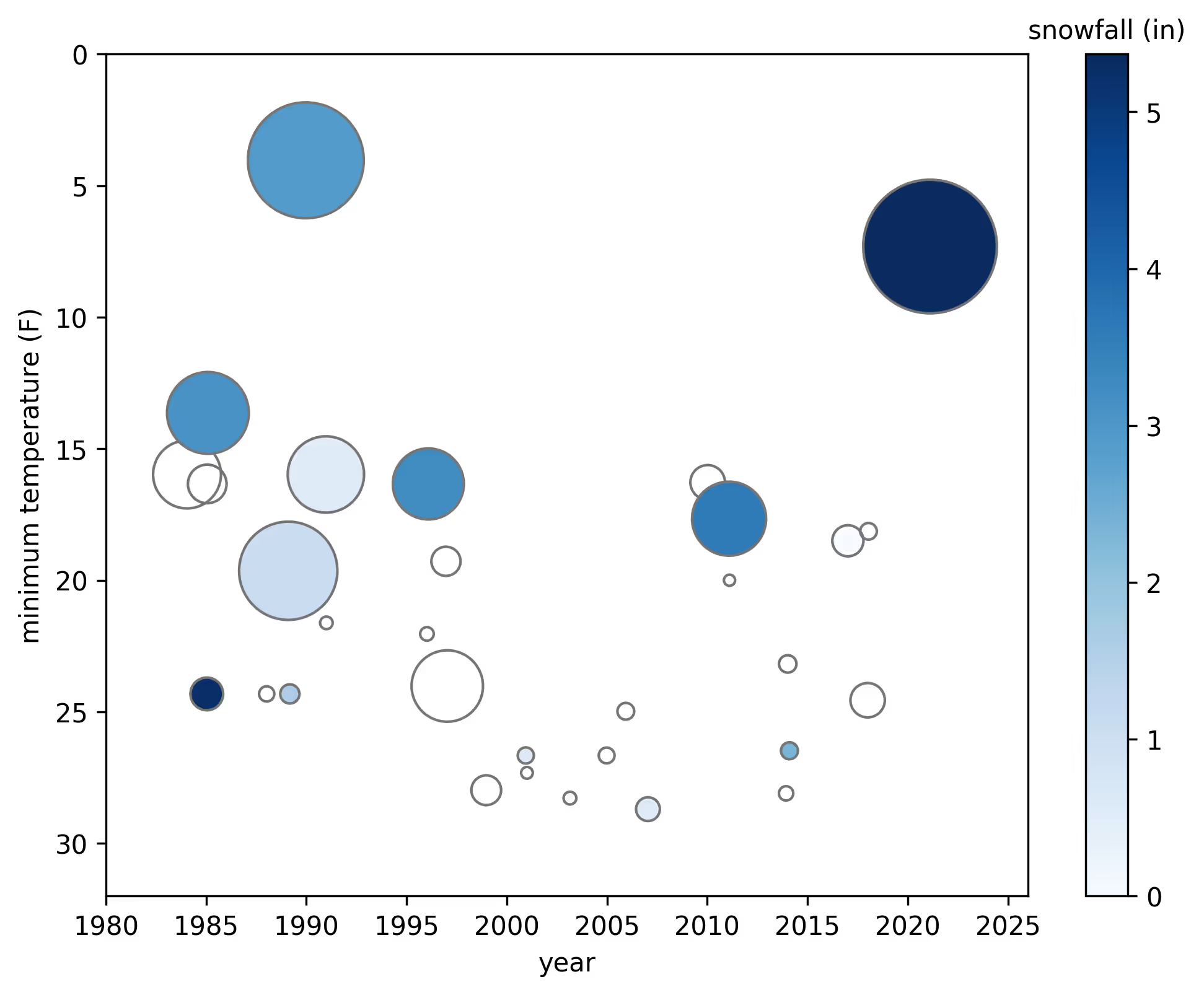
Minimum temperatures of extreme winter periods in Texas over the past 35 years. The size of the circles indicates the duration and severity of windchill of any period, the color the total amount of snowfall.

High and low temperature distribution in Dallas Fort-Worth airport. The lows in the days leading to the cold-snap, when forecasted temperatures on February 15th and 16th were well below freezing, we found it challenging to predict the load in days to come. Due to the small set of historical data of very cold days, the hard part was to answer questions like “is there a difference in load demand between when it’s freezing cold and biting cold?” and “how high can loads go as temperatures drop?
As there is ultimately a limit on the amount of electricity households need, it was unclear if the increase in load would be linear or sub-linear with the change in temperatures. To add to the complexity, commercial and industrial buildings may shut down during the extreme cold, many schools are out once it snows or temperatures reach a certain threshold, and Monday February 15th was a federal holiday (President’s Day), which could indicate much of the load would be from residential meters.
The most relevant comparable day we had from recent years was in January 2018, when temperatures hit a low of 18°F when averaged across Texas. However, it’s not only that the minimum temperature that day was higher than the forecasted temperature of 7°F this week, but the maximum temperature reached then was above freezing at 35°F while it was a mere 21°F Monday. Figure 3 depicts the historical peak loads as a function of minimum daily temperatures for days with sub-zero temperatures since 1996. We can directly see the effects of population/load growth in this graph, as the peak loads generally increase over time.

Cold days peak load as a function of minimum daily temperature since 1996.
We added the peak load in 1989 to this comparison, in order to provide a historical view of the only time in the past 35 years when temperatures were as cold in Texas. Unfortunately, just like the curtailments due to capacity constraints we saw on Monday February 15th 2021, also the loads in 1989 were limited by supply, and a direct comparison is not possible.
The plot above tells us two interesting things: first, up to a temperature of 15°F, peak loads do show a linear increase; second, even after overall load adjustment, 2021 winter peaks show to be on the higher end of weather sensitivity. One possible explanation is the change in patterns due to COVID-19, but this may also just be just increased sensitivity over time, as we see peak loads from 2018 and 2019 not far behind for similar temperatures.
If we believe the linear relations persist even for temperatures colder than 15°F, and assuming other factors like closing businesses and demand-response programs already incorporated into the data, then extrapolating the current winter peaks yields the expected peaks for the Monday and Tuesday should be at 74.9GW and 75.3GW, respectively. To make sure these relations are not merely based on the selection of minimum daily temperature as the driver of peak loads, we incorporated the mean and maximum daily temperatures to the linear extrapolations, still that did not yield any significant change in expected peak loads. On the other hand, if the relations become sub-linear due to saturation of electricity resources to combat the cold, or increased incentives to curtail demand, we expect loads would end up lower than 75GW but still significantly higher than the 69.2GW peak printed on Sunday (February 14th). A conservative estimate is therefore somewhere in the middle: replacing for instance the 690MW increase in load for every 1 Fahrenheit degree by about 60% of that, or 420MW, we get an estimate close to 72.5GW.
In reality, Amperon’s models take much more than temperatures alone into account, and they use methods beyond simple linear extrapolation. Nevertheless, this method both gives us a ball-park estimate of the load and underscores the problems in making an accurate load forecast in this situation. Before seeing the peak load of Sunday, a similar method could have a totally different outcome, predicting even under linear assumptions the peak load of Monday and Tuesday to be around 70GW when fitting all sub-zero days in the past 5 years.
Let’s now look at what ERCOT predicted in the days prior. We will look at three predictions made 12 hours apart: the first on Feb 13th midnight, and the last 24 hours later, as they appear in Figure 4. We can see the first prediction (in blue) is pretty smooth and has the peak loads for Monday and Tuesday just above 75GW. This is in line with a linear assumption as we explained above. Even though it seems to us a little aggressive, this is a valid prediction. However, within 12 hours ERCOT lowered their Monday prediction by 8GW (orange line) without any apparent change in weather predictions. 12 hours later (green line) they raised their forecast for Monday and Tuesday to be a whopping 77GW, when their predictions take an unrealistic shape. We suggest this prediction is the result of an edge case in a linear model ERCOT was using, that lacked appropriate data to fit, as we saw similar instabilities in our own linear models.

ERCOT’s predictions in three different times within 24 hours starting on midnight Feb 13th.
In Figure 1 we can see that (December) 1989 and 2021 had by far the most severe winter conditions, since 1984. First, we wanted to know the magnitude of the current generation outages and load shedding compared to previous events of outages in Texas. According to data5 6, only the cold periods in 1989 and 2011 caused load shedding of 1.7 GW (4.5% of 38.3 GW) and 4.9 GW (8.6% of 57.3 GW) respectively. So far, even though weather conditions were fairly similar in 2021 and 1989, the estimated load shedding of up to 25 GW (36% of 69.2 GW) is of completely different proportions. To show the magnitude of shedding, and how it progressed over time we compare in Figure 5 the actual electricity used vs. counterfactual predictions by Amperon just before load shedding started.
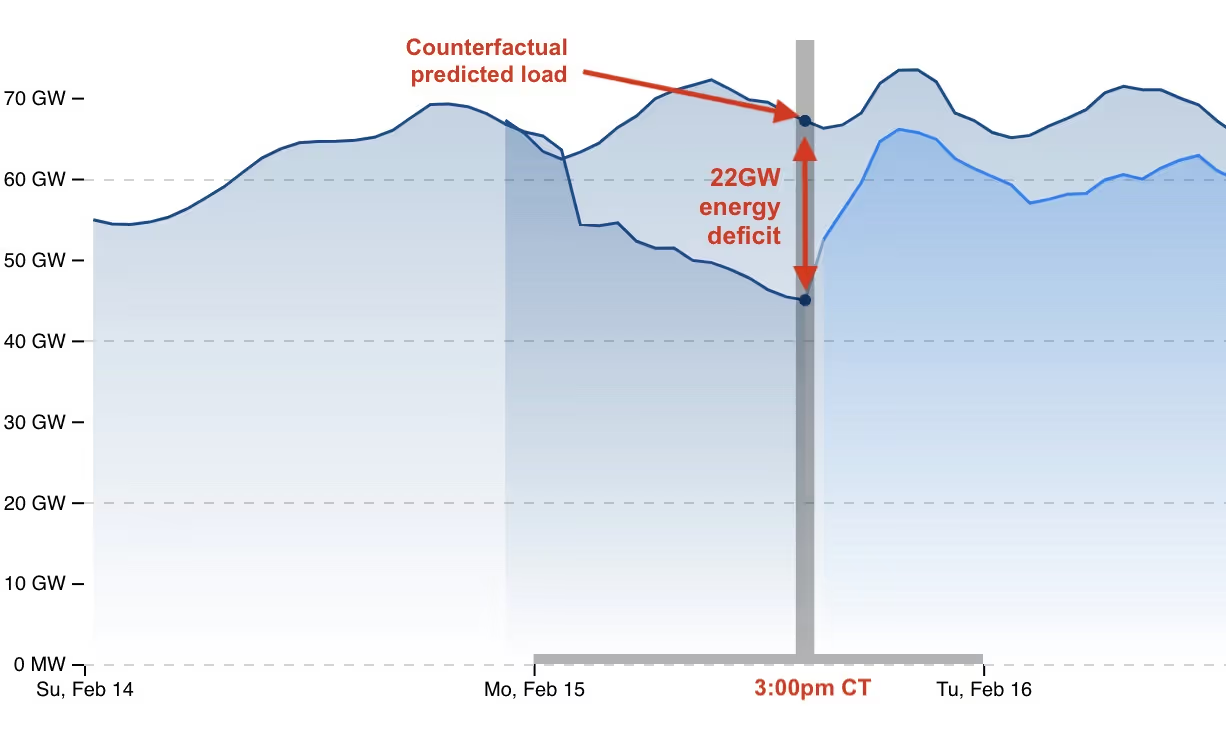
Actual load (light blue) vs. Amperon’s counterfactual predictions (dark blue) over time.
The next question is to what extent those outages could be explained by weather. It’s hard to draw confident conclusions from an event that only occurred three times. Still, the data indicates there is a risk of massive outages and load shedding when either temperatures fall below 9°F, or when temperatures fall below 18°F combined with wind speeds of 15 m/h and snowfall of at least an inch, for a period of 3 days. This is not at all conclusive: 1985 and 1996 for example had very similar weather conditions as in 2011, both slightly colder, but with slightly less snow and wind, but ‘surprisingly’ did not cause any load shedding. For five other significant cold spells: 1984, (February) 1989, 1990, 1997, and 2010 it is clear from the plot that these had milder minimum temperatures (1989, 1997), less snow (all years) or a shorter duration (2010). Using the weather indication above to predict any outages would thus have resulted in 3 true positives, 2 false positives and 5 true negatives.
We note there are other related factors we didn’t take into account here, including data about icing on the roads, which makes it difficult to repair forced outages quickly, and the total reserve generation capacity that protects load from being shed.
We can conclude that ERCOT’s generation fleet is relatively ill equipped for the harshest winter conditions that do occur every several years, and that despite the events in 1989 and 2011, and the investigations that took place afterwards, this situation remained unchanged, making the grid susceptible to extreme winter events. As climate change progresses, and extreme weather periods become more common, we can expect the number of such cold periods in Texas to happen more often than it did, making it ever so critical for ERCOT to improve electricity generation and transmission during those times.
- https://www.ncei.noaa.gov/
- https://www.ncdc.noaa.gov/cdo-web/search
- Except for San Antonio’s Snowfall of 1996-1999, data for these 3 stations is for more than 99% complete from 1984 until now.
- https://weatherspark.com/y/145920/Average-Weather-at-Dallas-Fort-Worth-International-Airport-Texas-United-States-Year-Round
- https://www.ferc.gov/sites/default/files/2020-04/08-16-11-report.pdf
- https://www.nerc.com/pa/rrm/ea/February%202011%20Southwest%20Cold%20Weather%20Event/ERCOT%20Emergency%20Operation%201989.pdf



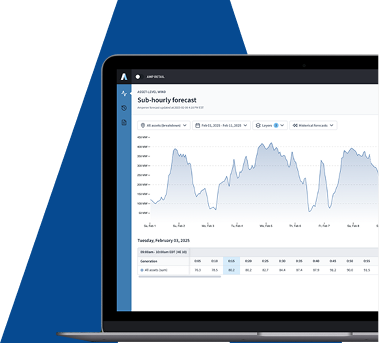
.svg)





%20(3).png)
%20(2).png)
%20(1).png)







.png)

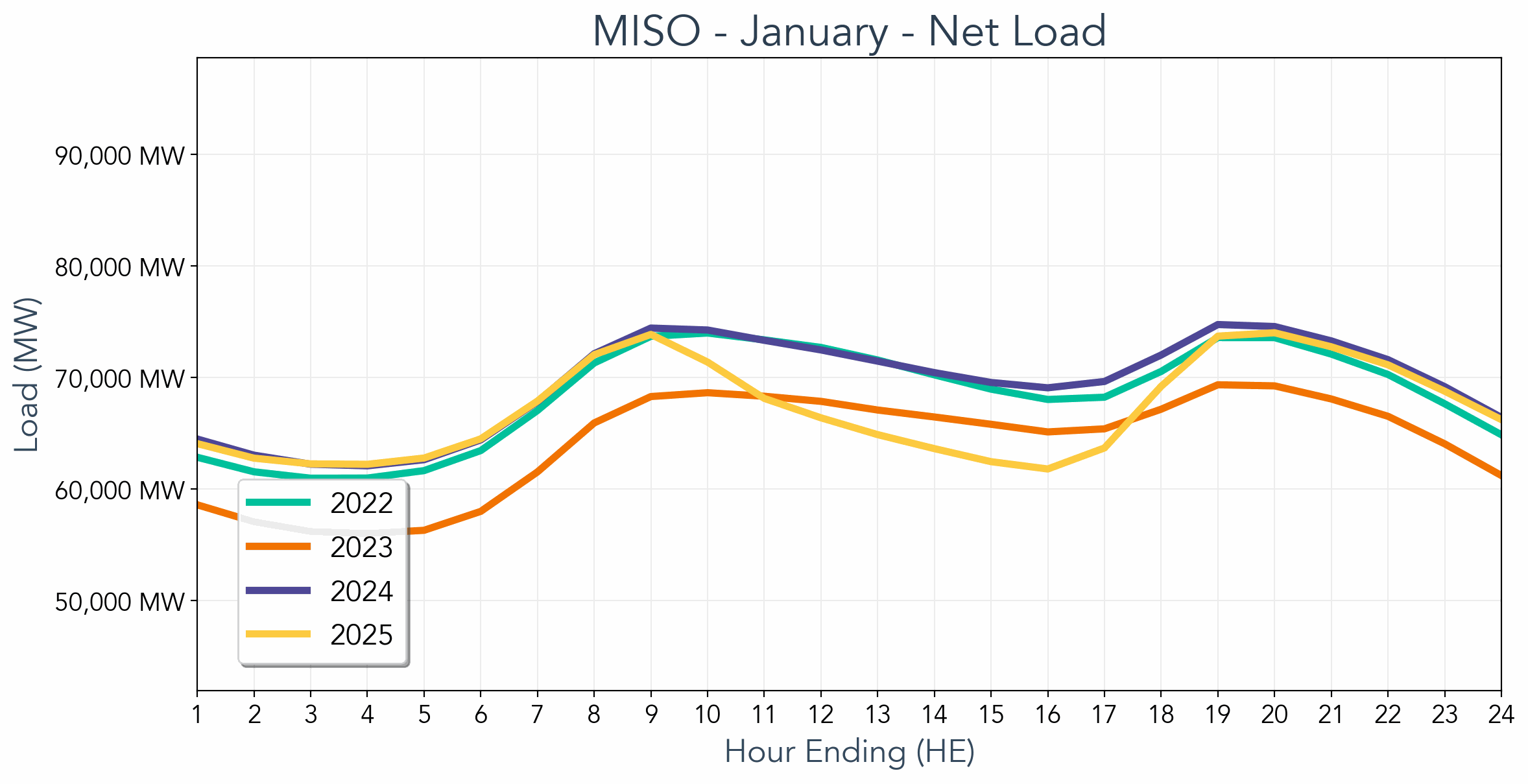

.avif)



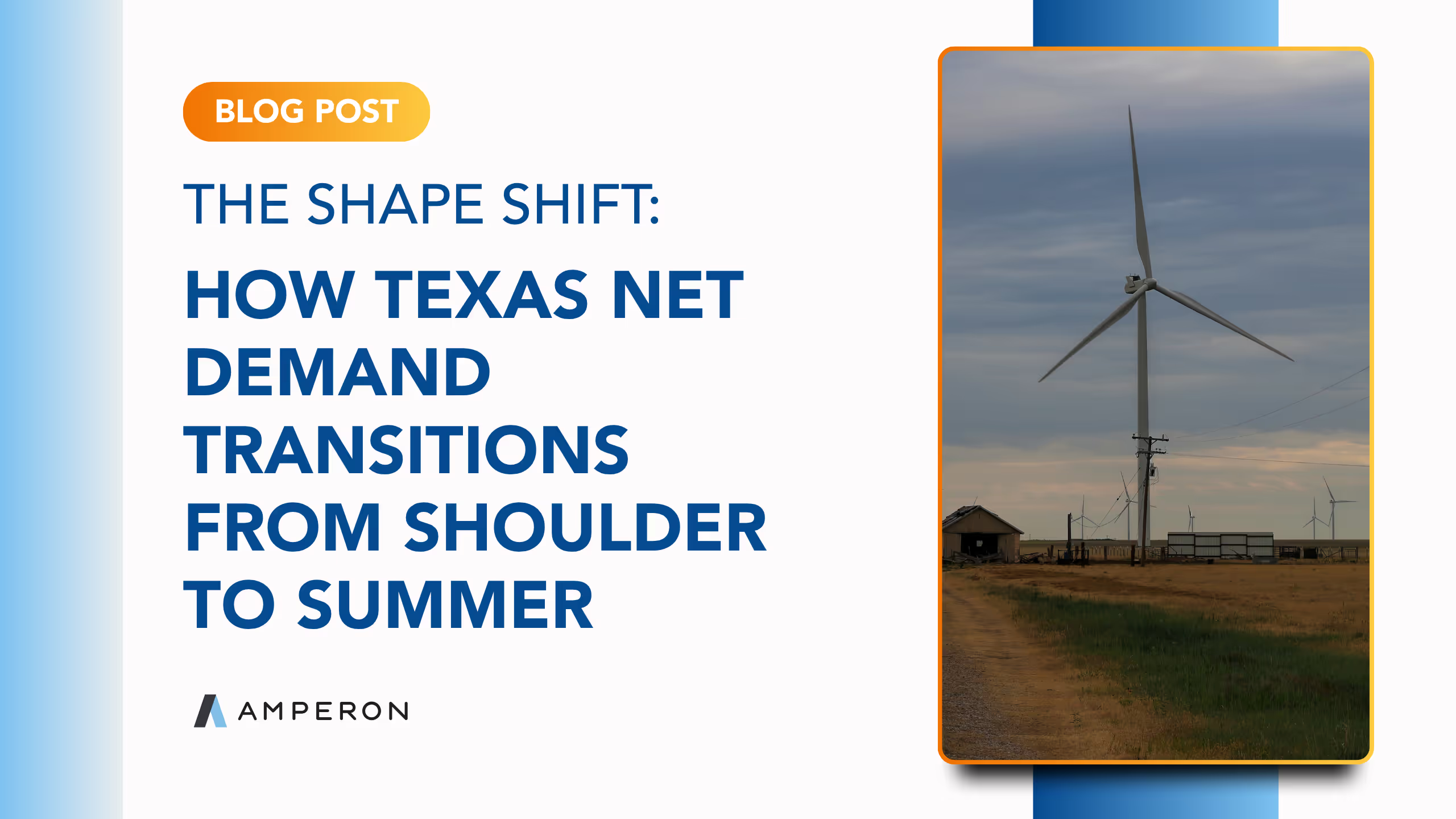
.avif)

.avif)
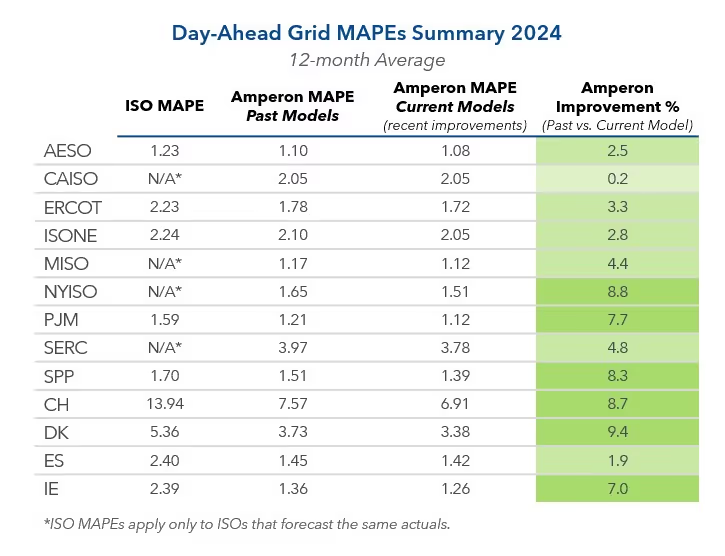

.avif)
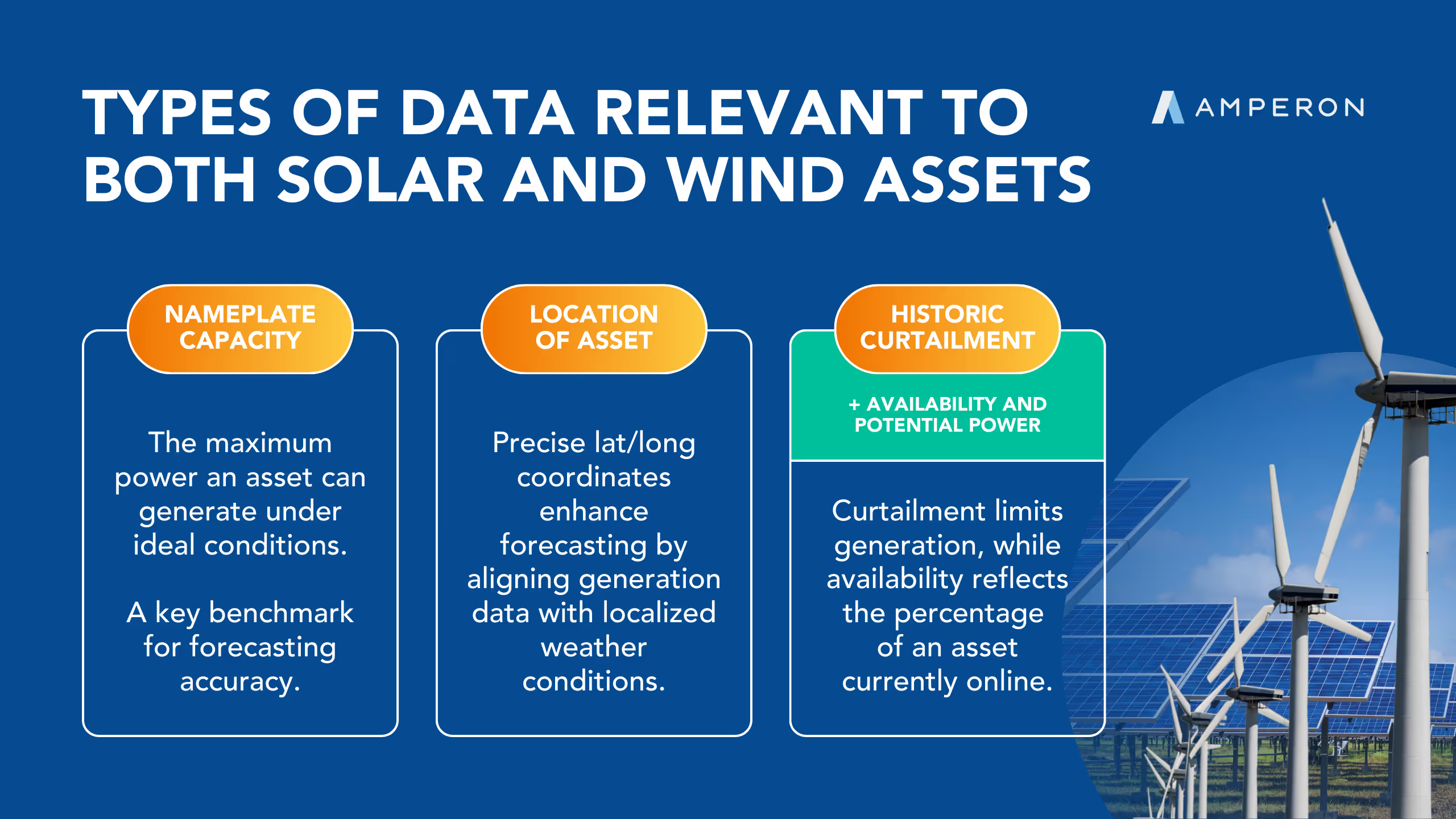


.avif)
%20(15).avif)

.avif)
%20(10).avif)

.avif)
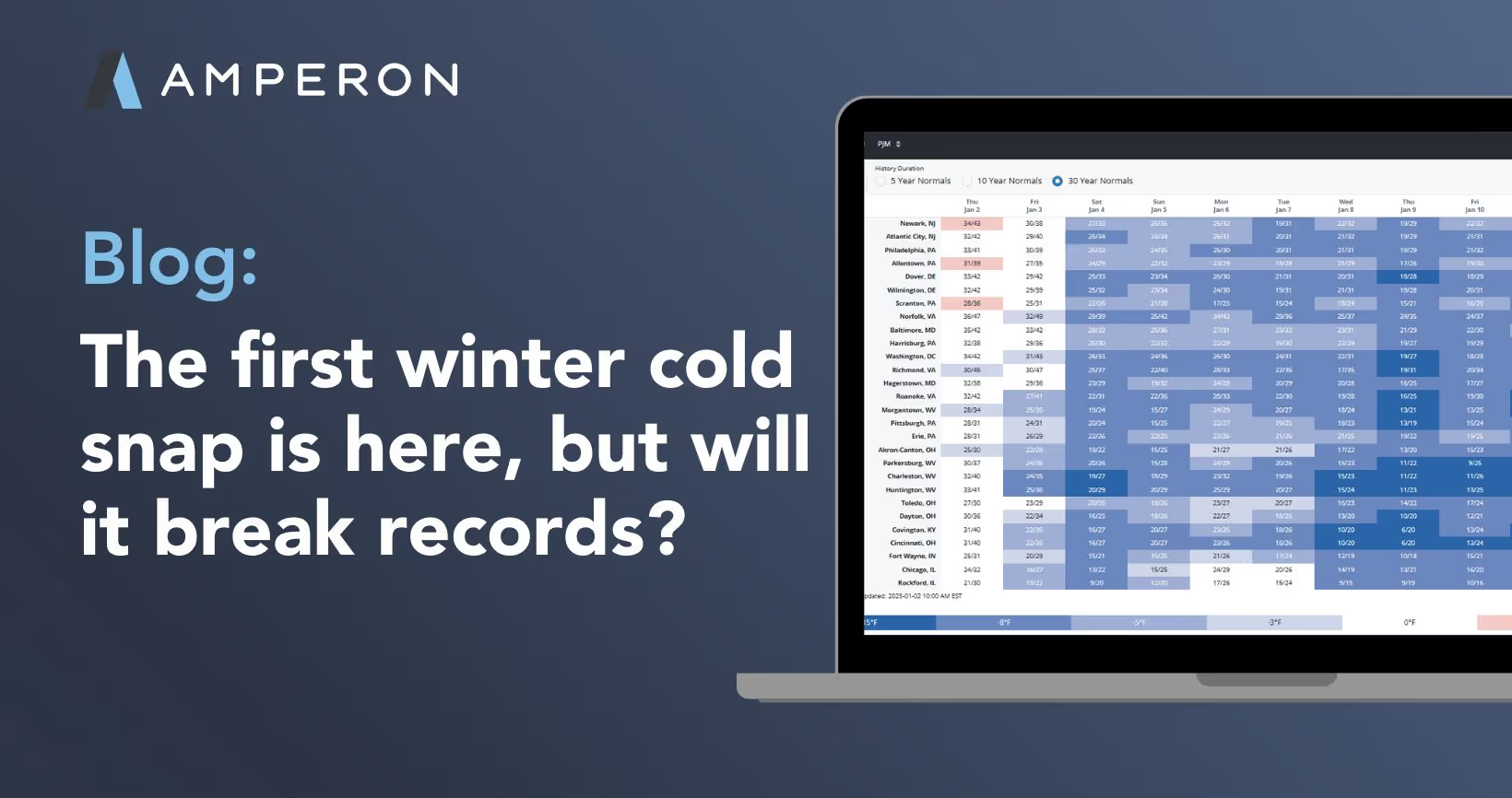

.avif)
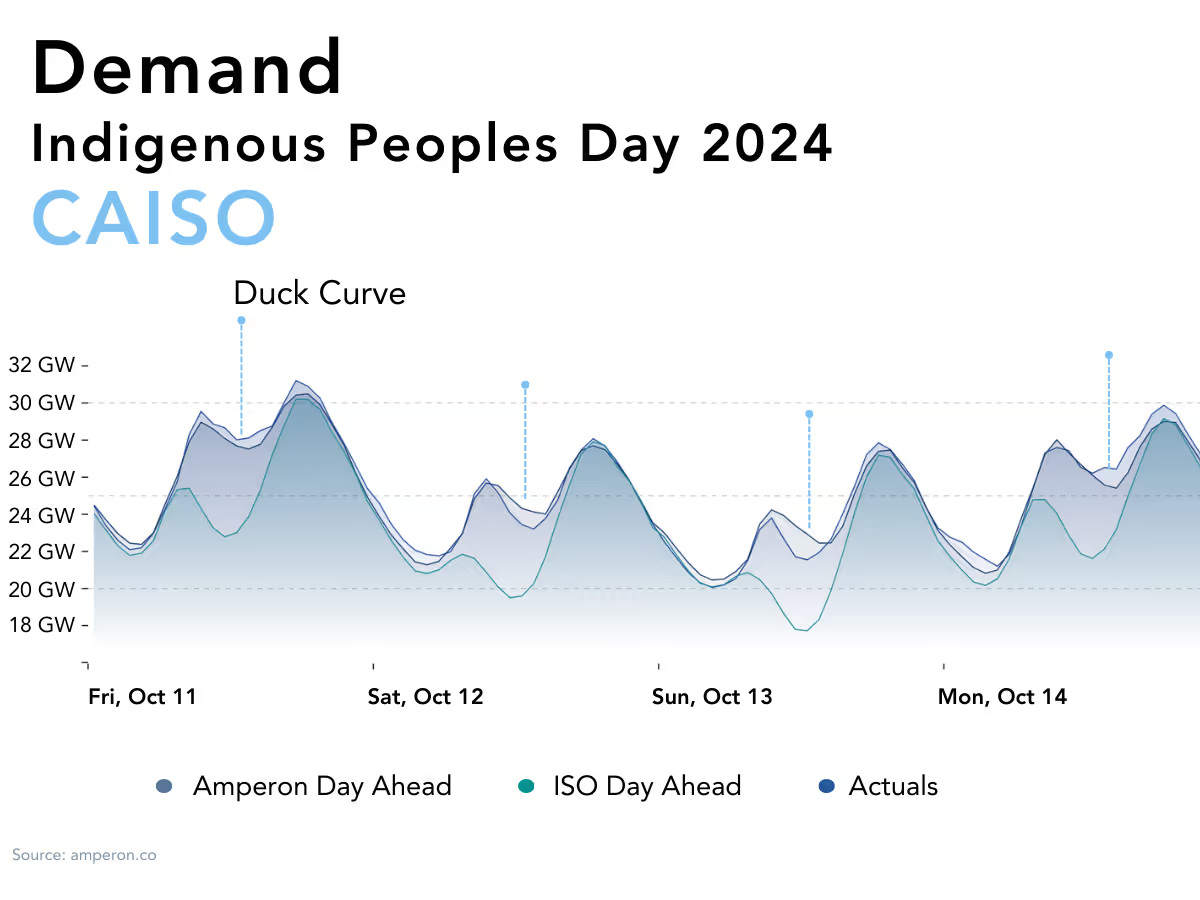
.avif)



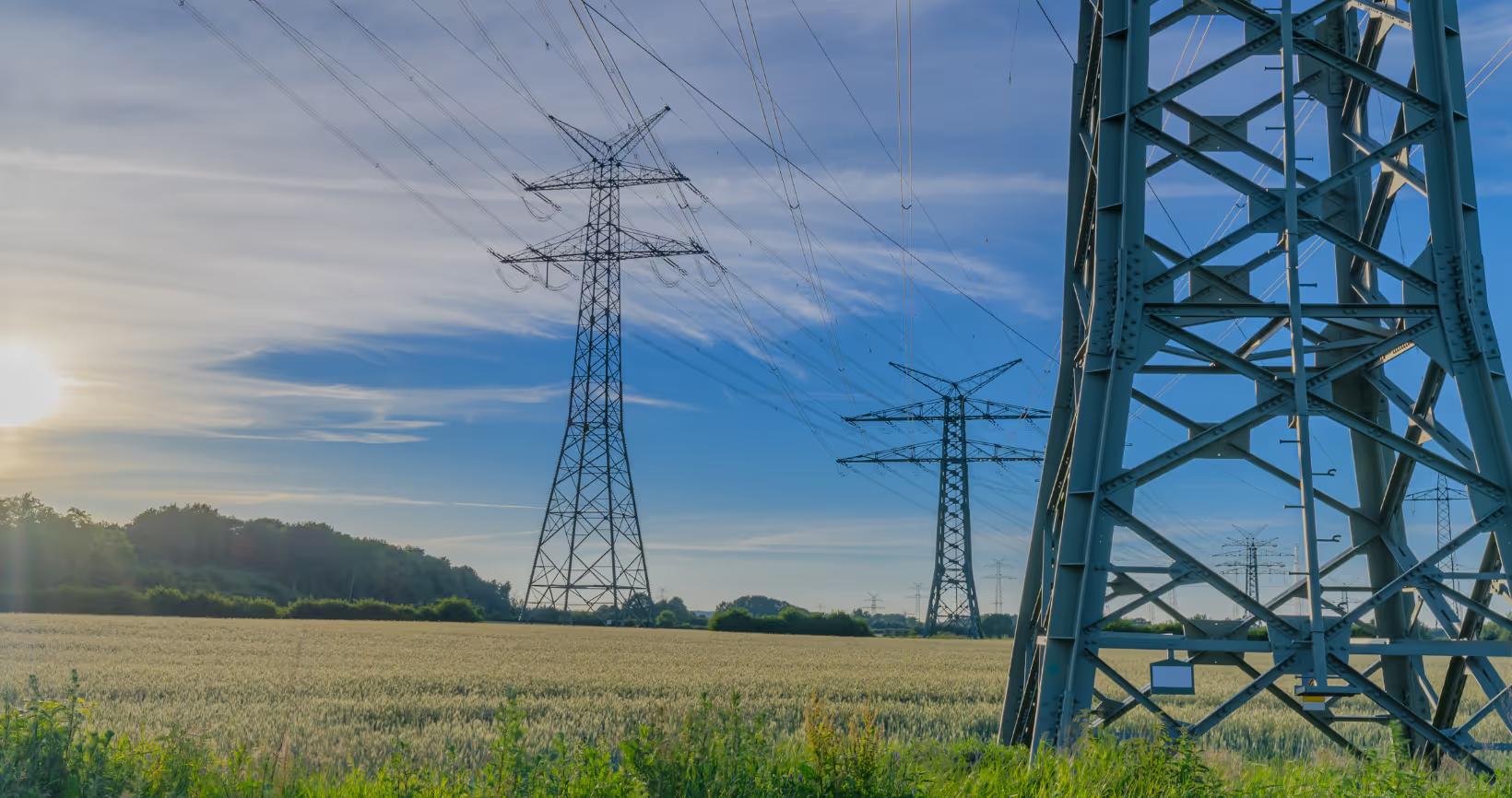


.avif)



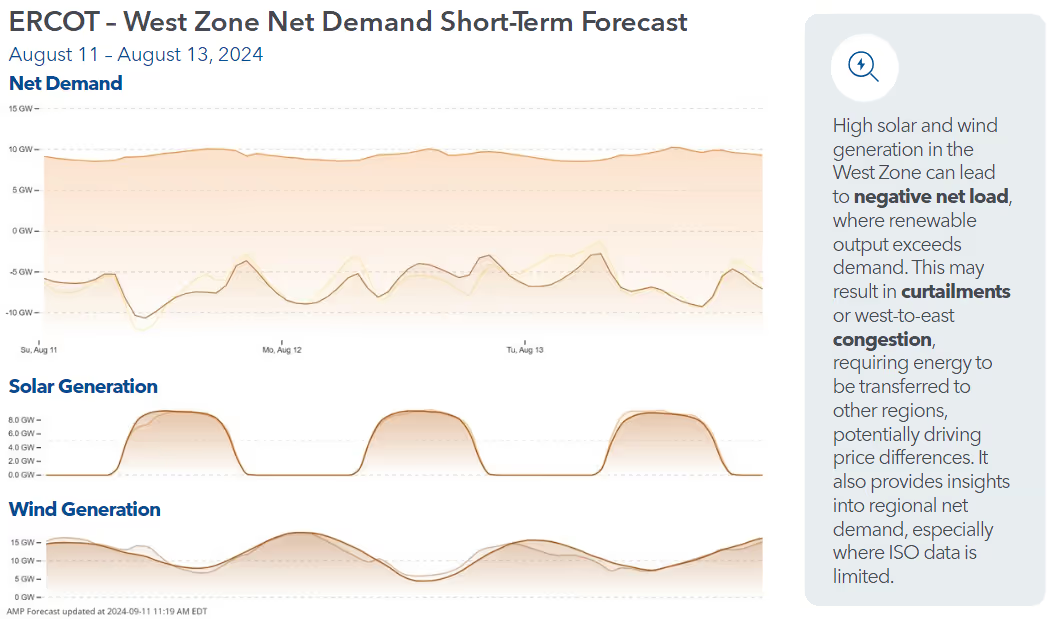



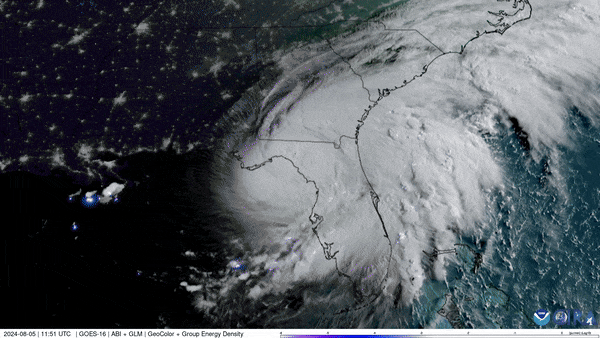

.avif)

.avif)





.avif)

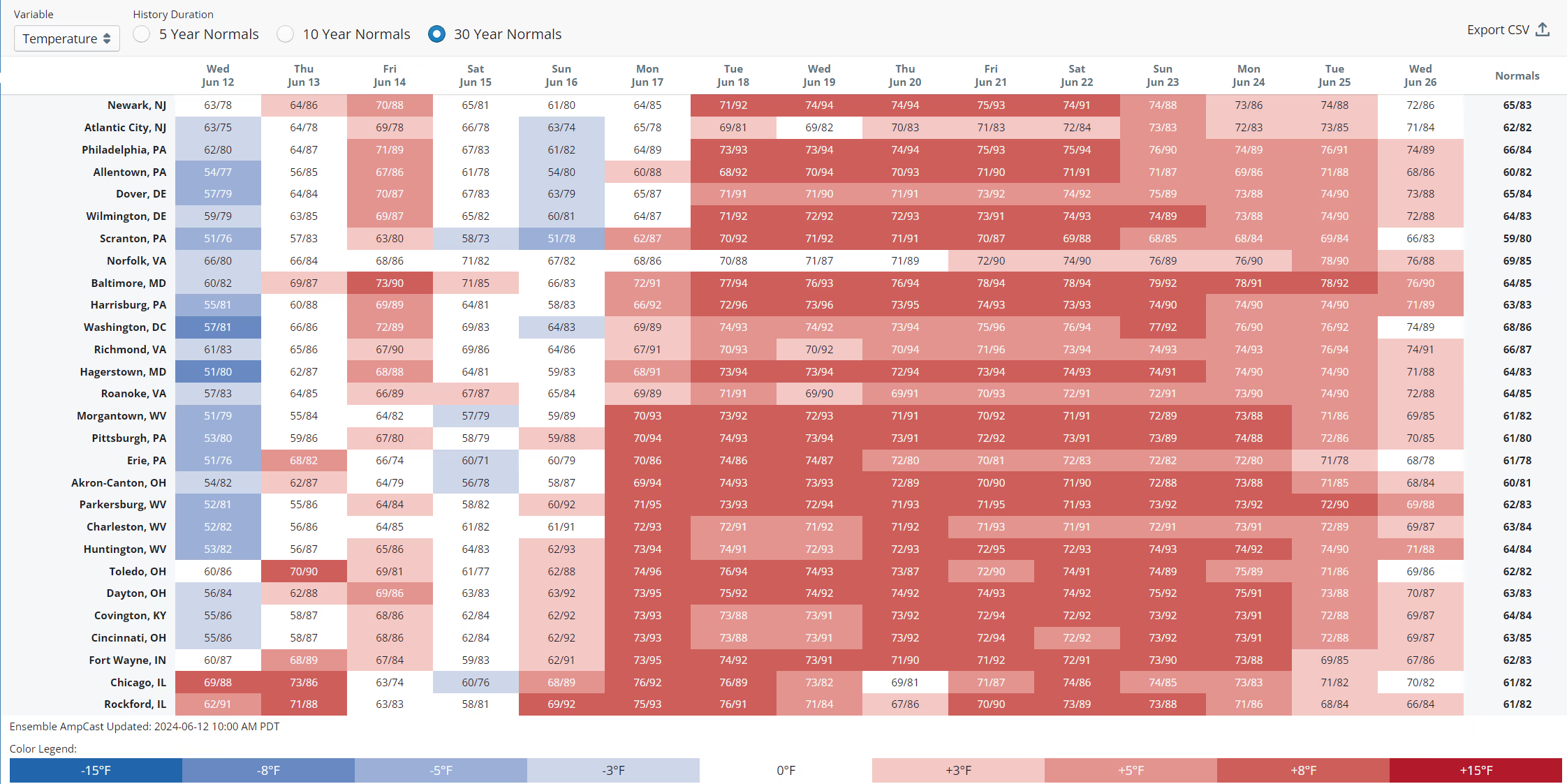
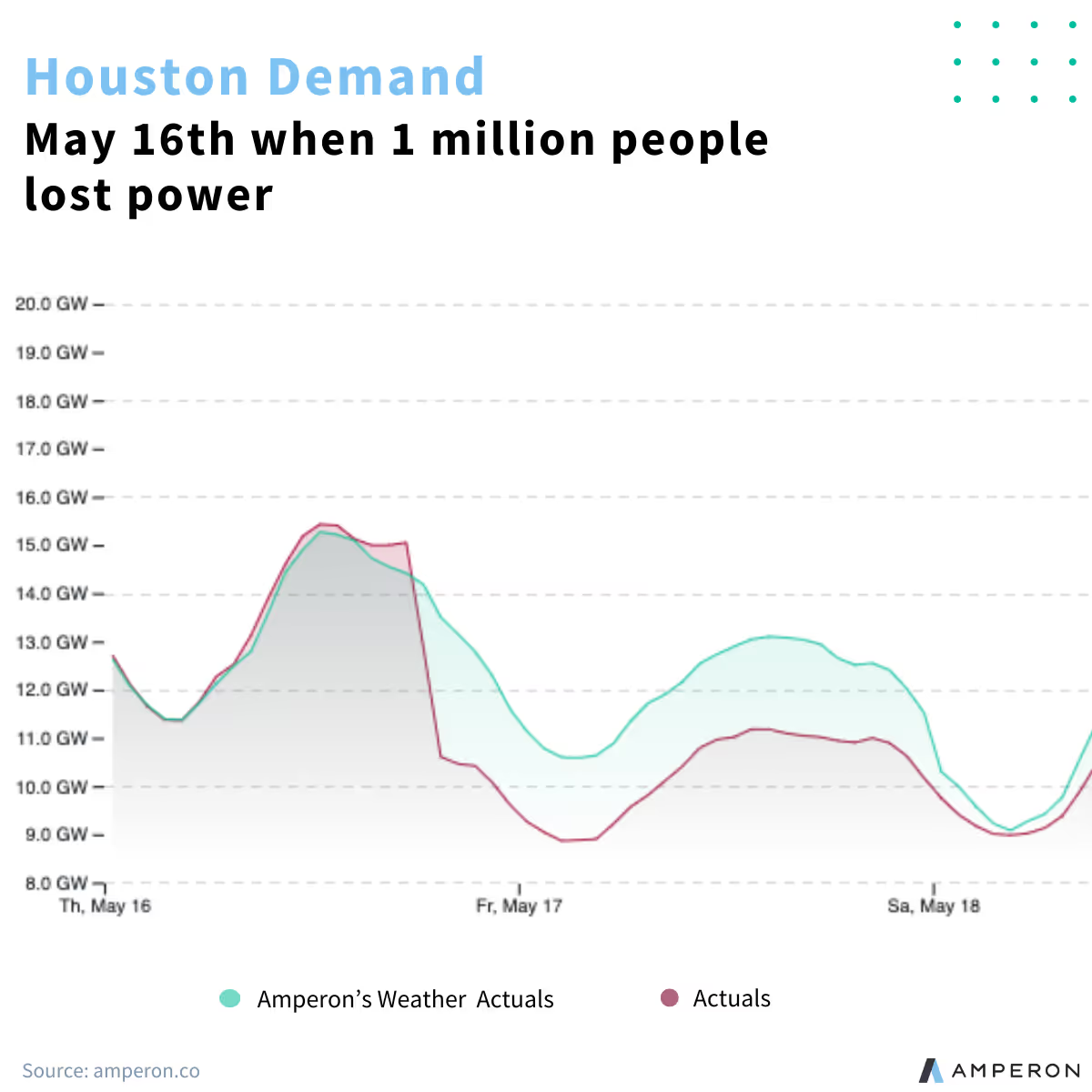


.avif)
.avif)



.avif)

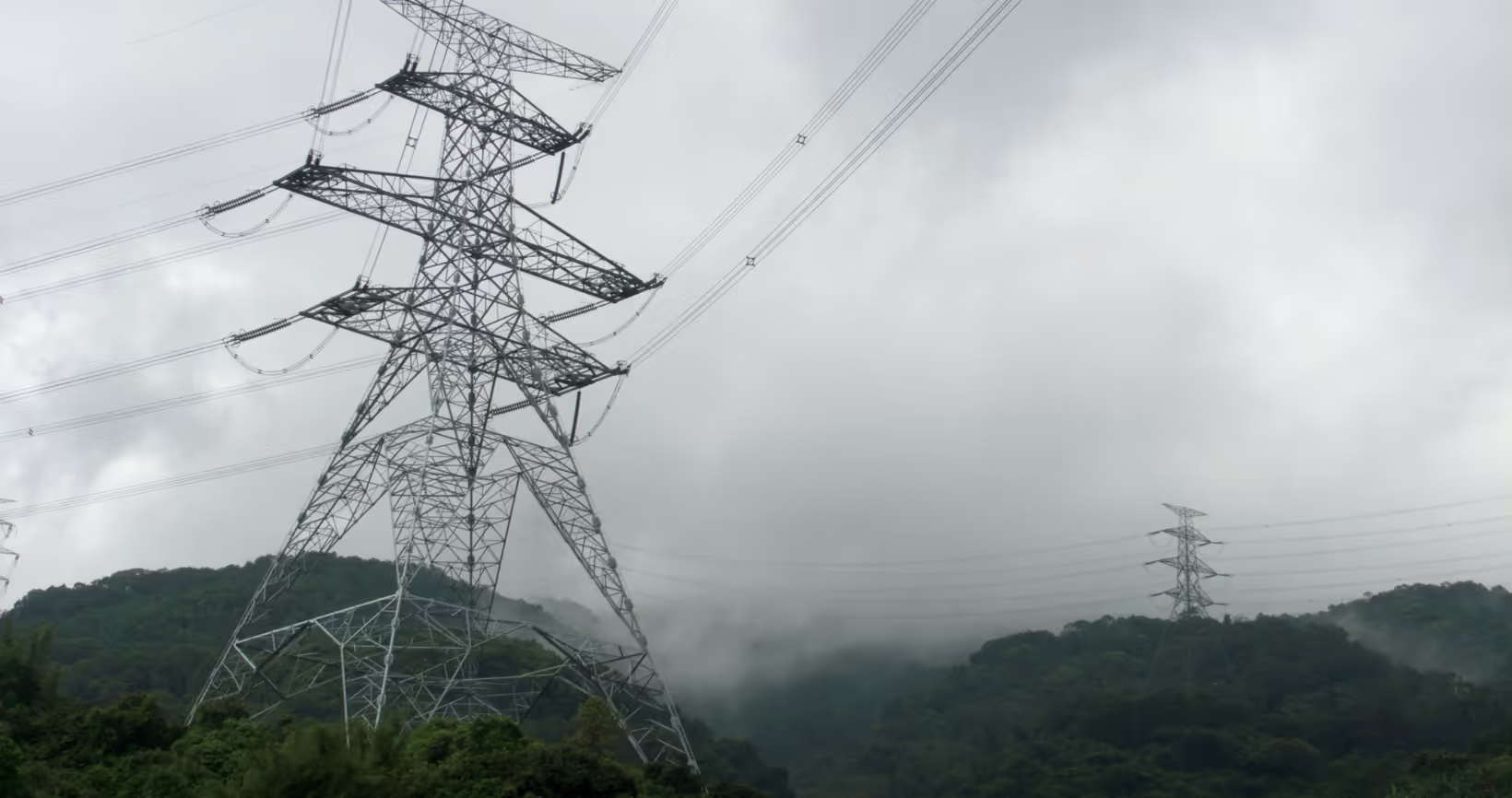


.avif)


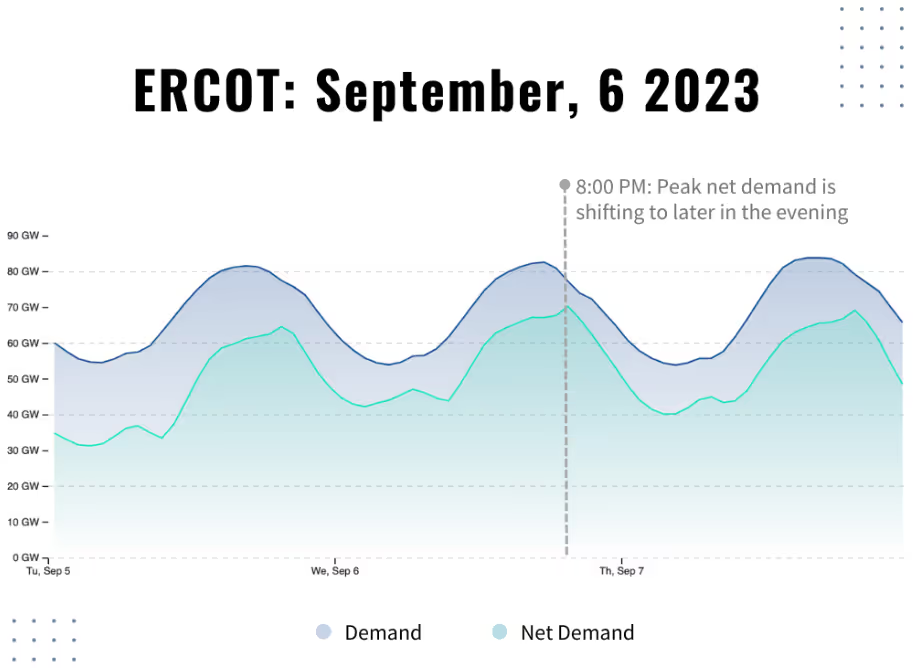
.avif)



